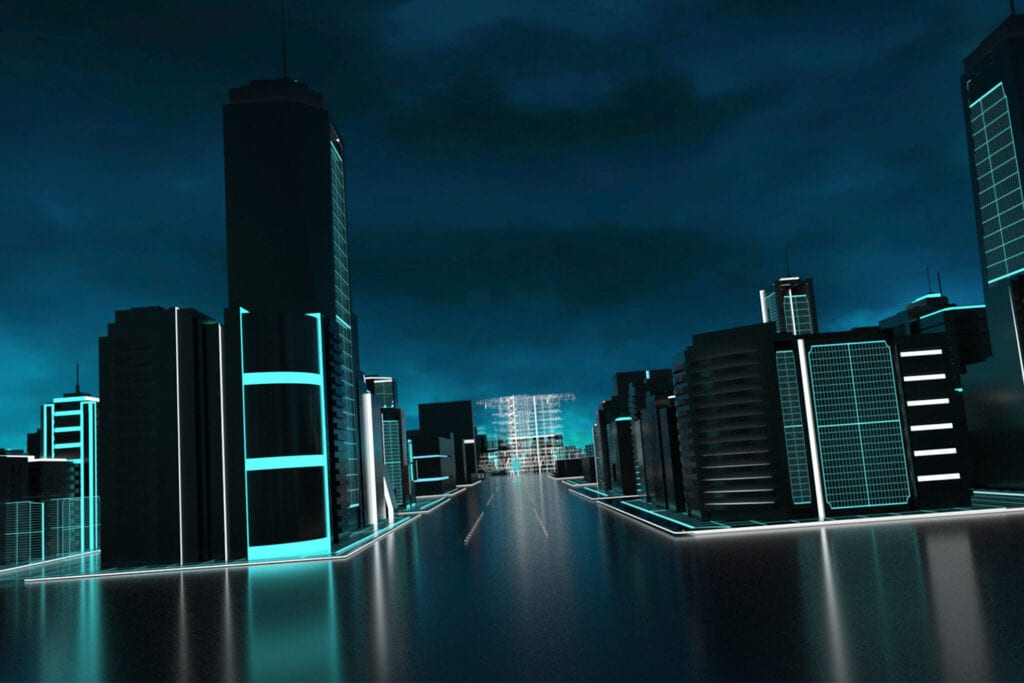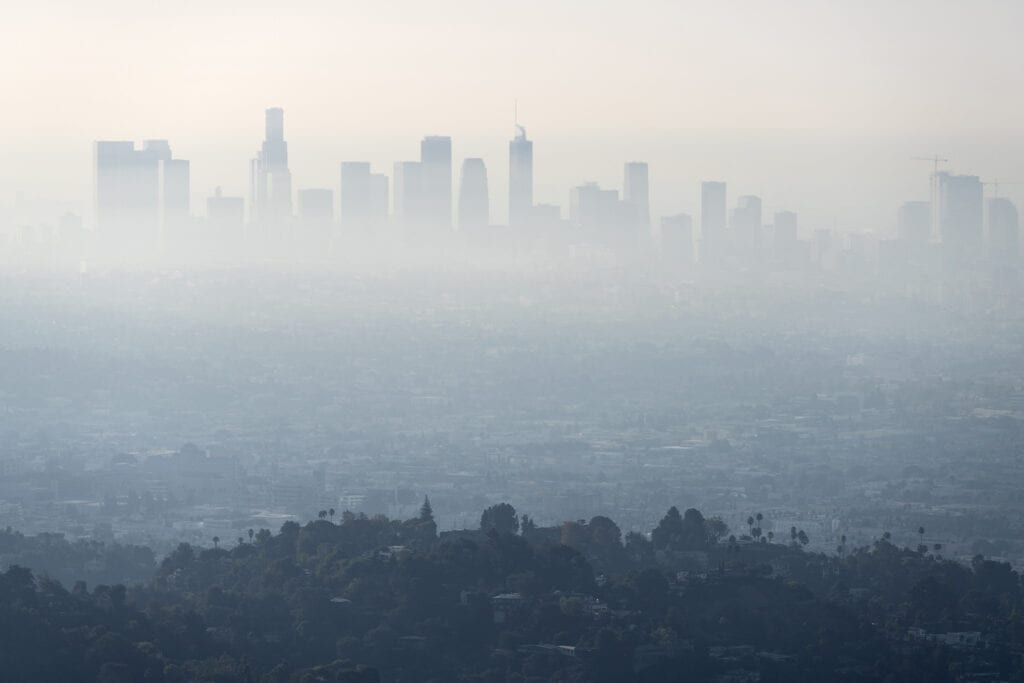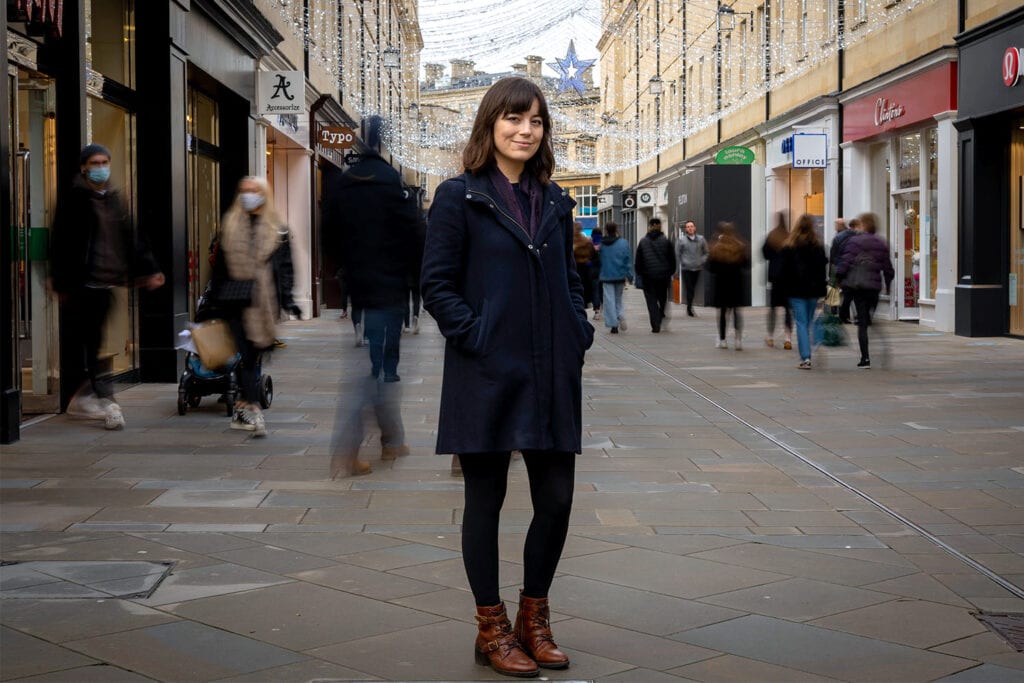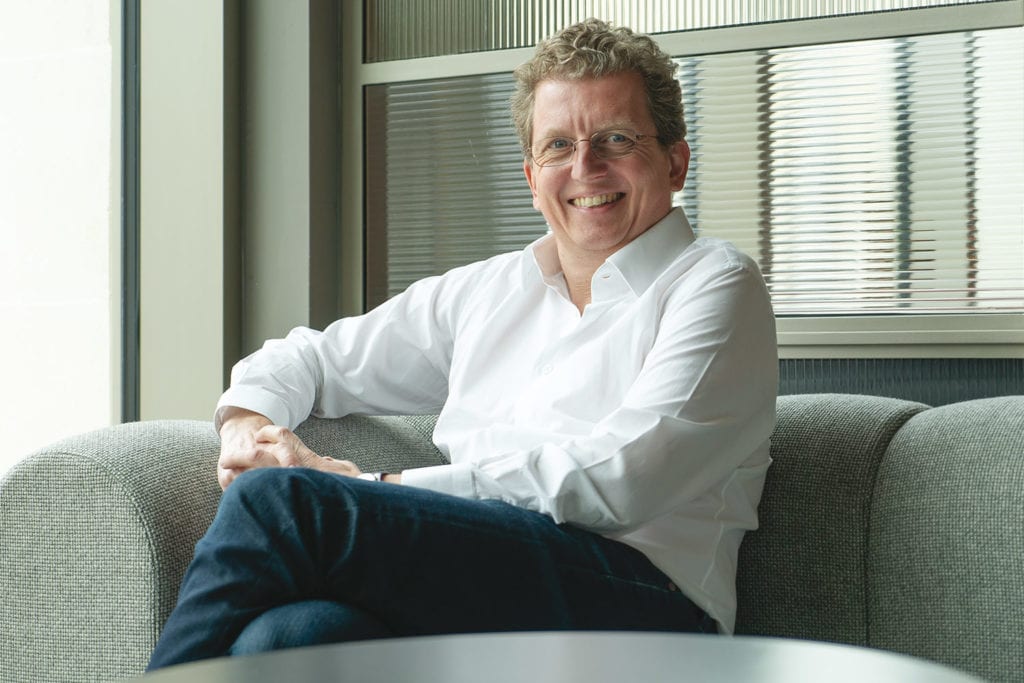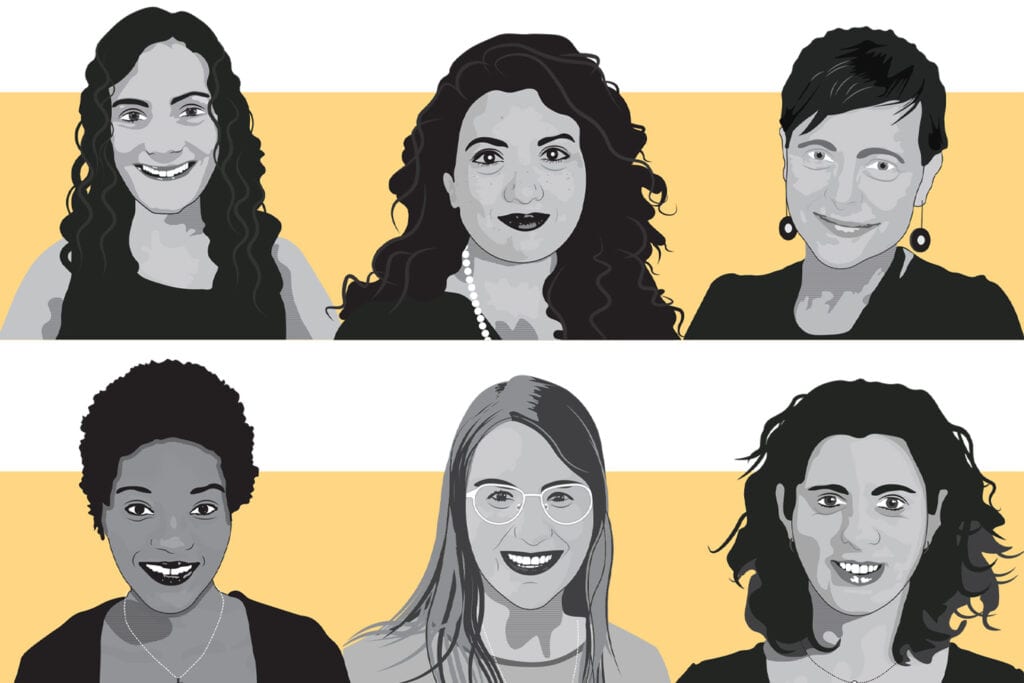
At Buro Happold, our engineering, consultancy and advisory experts are transforming the built environment to align with how we live now – creating a modern, sustainable and inclusive public realm.
Reimagining, restoring and refurbishing existing structures is vital to the sustainable and equitable development of our cities. Prioritising building retrofit over demolition helps minimise the environmental impact and carbon footprint of the construction industry. It is also vital to the green recovery.
Our engineering design solutions leave a positive social, environmental and economic legacy for our planet and communities. Let’s take a look at three new projects from the cultural, commercial and urban development sectors that are breathing new life into existing built assets.
1. Manchester Jewish Museum, Manchester

Situated in the city’s oldest synagogue, the Manchester Jewish Museum has undergone a major restoration and expansion. Opening its doors in July 2021, the museum is a place where culture, tradition and unity are celebrated and preserved for the next generation.
Originally built in 1874, this £6 million National Lottery Heritage Funded (NHLF) project extends the Grade II* listed synagogue by two stories; doubling the size of the museum to provide a new gallery, archive room, shop, café and event spaces. The historically sensitive approach of our engineering team ensured the preservation of this architectural gem, which is one of the finest Victorian Gothic buildings in the UK.
The architectural and engineering design of the expansion not only compliments the existing building, but ensures the restoration process preserves and pays homage to the Judaism. The synagogue has been repaired and restored to function as a new performance space for concerts and artistic installations. The purpose of the museum is to tell the personal histories, stories and traditions of Manchester’s diverse Jewish community.
Our multidisciplinary engineers have been working with architects Citizens Design Bureau (CBD) since 2017 to augment the synagogue’s significance, whilst unifying the building’s extension into the streetscape. Our expertise in heritage buildings and conservation, allowed us to deliver discrete and meticulous structural work on the historic facade.
This project is also an example of sustainable redevelopment. Prioritising decarbonisation and energy efficiency, the existing assets were repurposed as part of a circular economic approach. As a heritage building, demolition was never an option. Our engineers ensured that the client’s ambitious energy targets were delivered despite the museum’s expansion.
A gallery extension of this size would typically increase the energy density of a building. However, our passive design approach reduced the carbon intensity by around 20%. This has reduced the embodied carbon impact of the project by 250 tonnes, in comparison to if it had been rebuilt from scratch. The result is a energy efficient, trailblazing cultural organisation for the City of Manchester.
2. Erie Canal, New York State
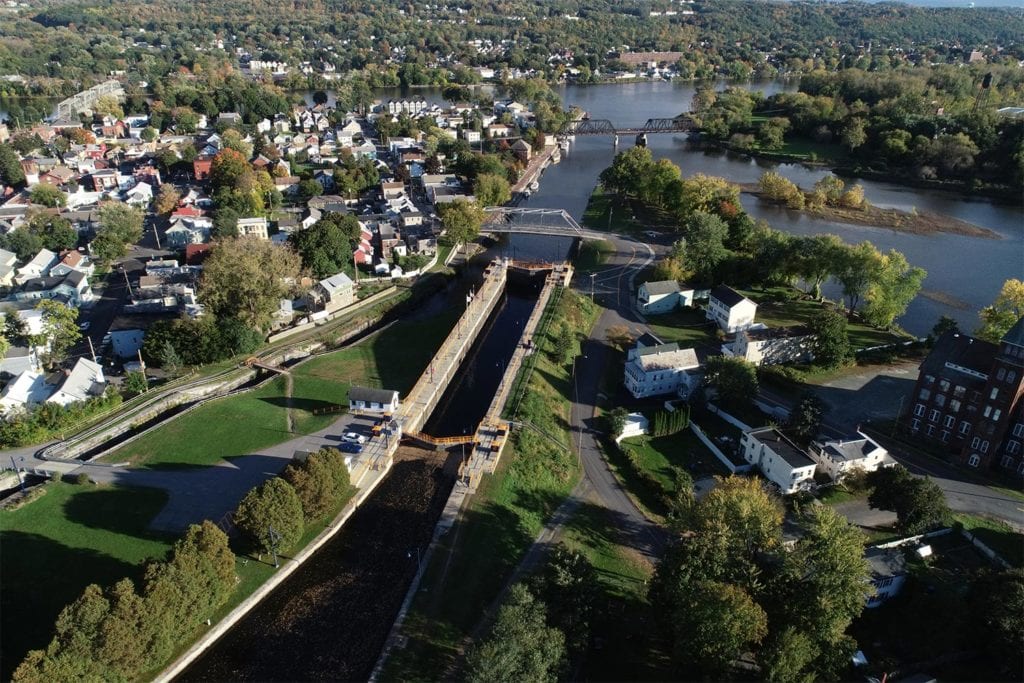
The Erie Canal is part of a wider Reimagine the Canals Competition and Strategy Framework to redevelop the historic 524-mile waterway across New York State from Albany to Buffalo. The development aims to promote local heritage, increase environmental resilience, restore natural ecosystems, improve irrigation, spark economic development and foster tourism for canal-side communities.
Buro Happold is working as part of a wider taskforce on this public infrastructure project. The taskforce is led by canal experts, state representatives and community stakeholders to transform this former engineering marvel into a contemporary waterway and recreation corridor. Our Cities team’s strategic expertise helped to reimagine this declining urban infrastructure into a public space that generate jobs, improves biodiversity, and enhances the health and wellbeing of residents and tourists alike.
Completed at the end of 2020, the canal has played a major role in shaping New York State’s economic and industrial history.
3. HY_live Pavilion, Hanover, Germany

In Hanover, North Germany, a former landmark building from the World Expo 2000 is being revived. Designed twenty years ago by MVRDV architects, the derelict HY_live Pavilion will be transformed into a pioneering commercial and cultural hub. Scheduled to complete in 2023, Buro Happold is supporting DIE WOHNKOMPANIE with sustainability services and district certification on this restoration project.
The design concept is based on the motto, “Connected to change”. This coworking space will reimagine the traditional workspace, encouraging flexible, agile and cooperative working. The ethos of HY_live is to encourage interdisciplinary collaboration between industries. The project aims to break the silos between the business, culture, media and science sectors in order to bolster the economy of the Hanover region.
The unique architecture of the pavilion will be restored to create 4,700 square metres of commercial office space, meeting rooms, creative studios, and food and beverage amenities, with over 2,000 square metres of this space being solely dedicated to coworking. The project’s aim is to revitalise the local community, create economic prosperity and deliver social value.



